
Food Safety Focus (42nd Issue, January 2010) – Food for Thought
Seaweed
Seaweed is a food item commonly available in Hong Kong . There are many varieties of seaweeds on the market which may be eaten as snacks, used in soups and as food ingredients in different cuisines. To name a few examples, kelp, kombu and wakame are often used in soups, nori in sushi, agar (an extract from seaweed) in jelly and desserts. We have the following tips for consumers to enjoy seaweed safely.
| Significant Food Safety Concerns / Benefits | Advice to the Public |
|---|---|
|
Arsenic Hijiki is a kind of seaweed that naturally contains very high levels of inorganic arsenic. This is not the case for other kinds of seaweed such as arame, kombu, nori and wakame. Inorganic arsenic is the toxic form which may cause acute effects at high dose, and may cause damage to nerve, skin and blood vessels and increase risk of cancer over prolonged excessive intake. |
|
|
Iodine Seaweed is a good source of iodine, minerals and trace elements. Adequate intake of iodine is essential for thyroid function, growth and development, while excessive intake may cause adverse effects to the thyroid gland. |
|
| Arame | Hijiki |
|---|---|
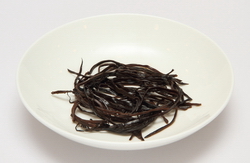 |
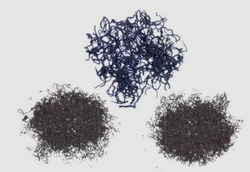 |
| Kelp | Kombu |
|---|---|
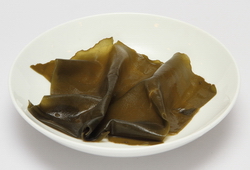 |
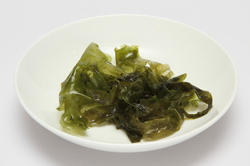 |
| Nori | Wakame |
|---|---|
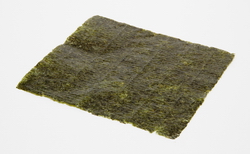 |
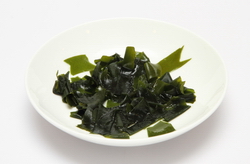 |

